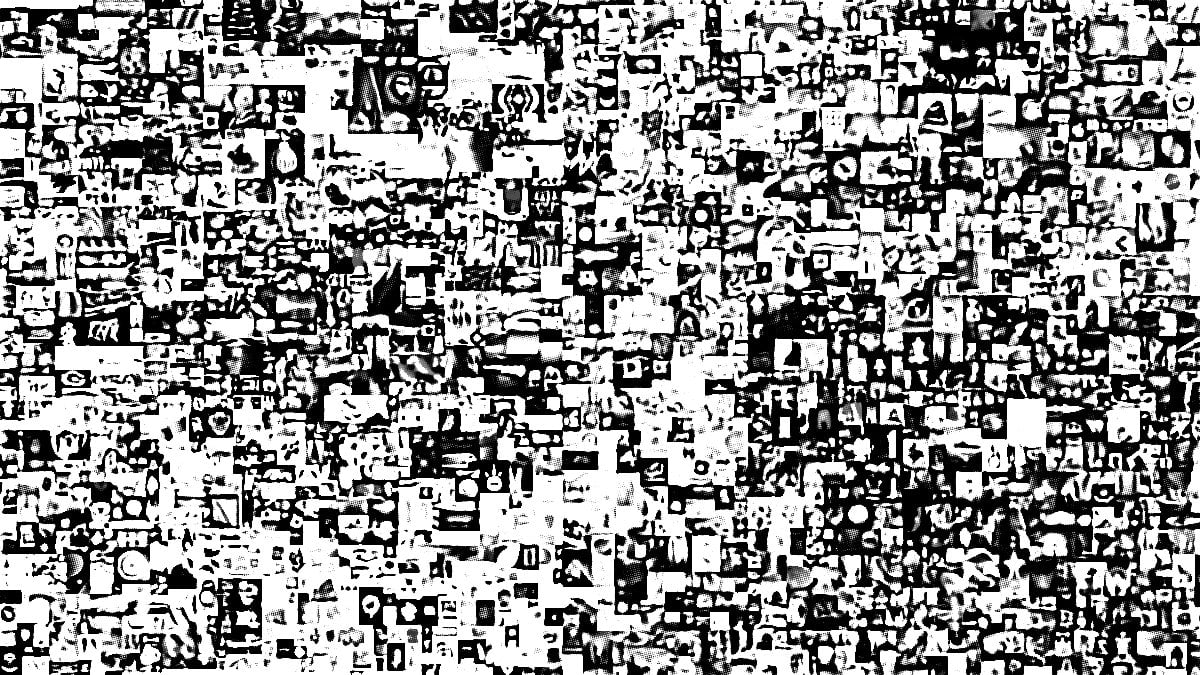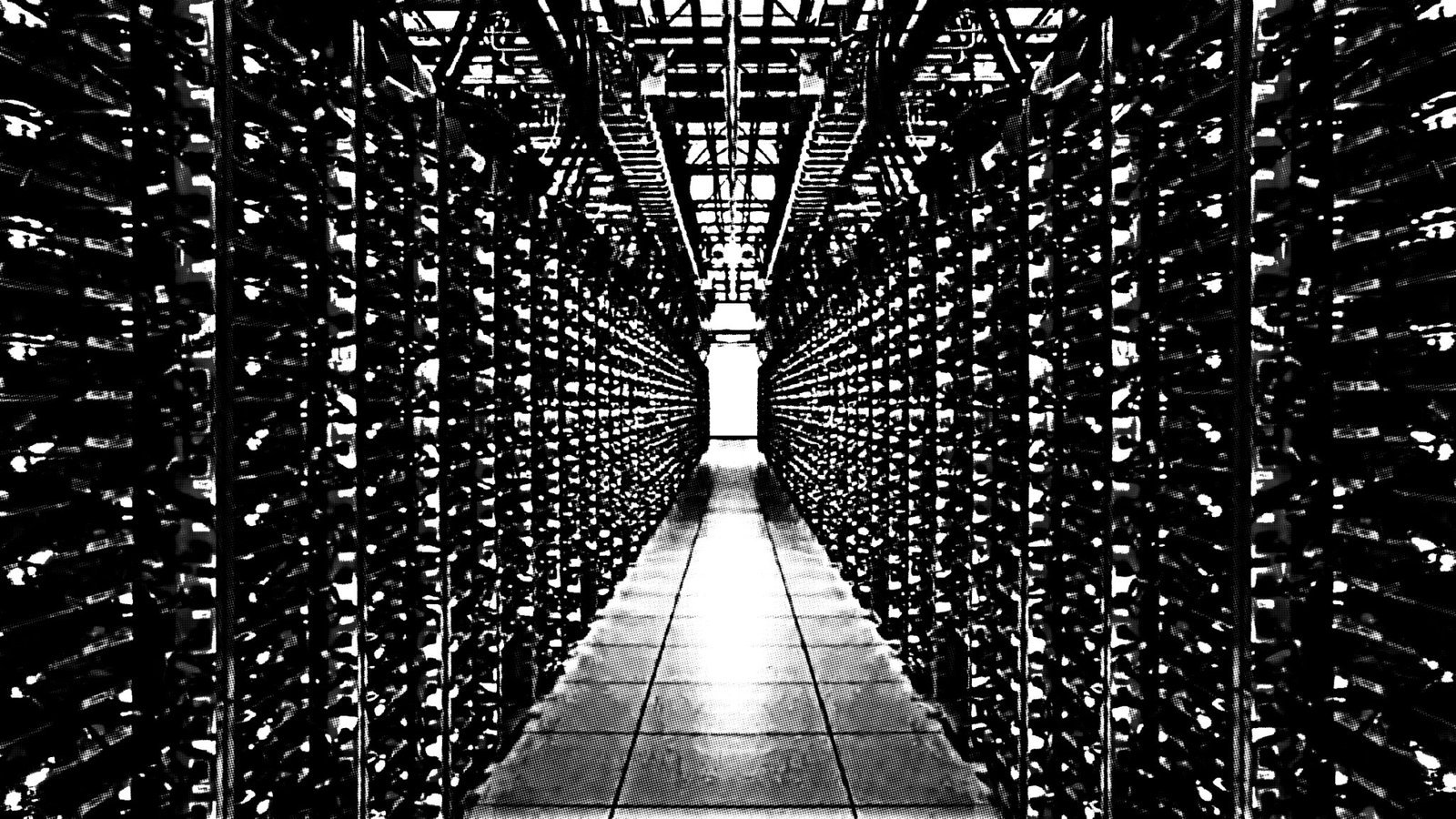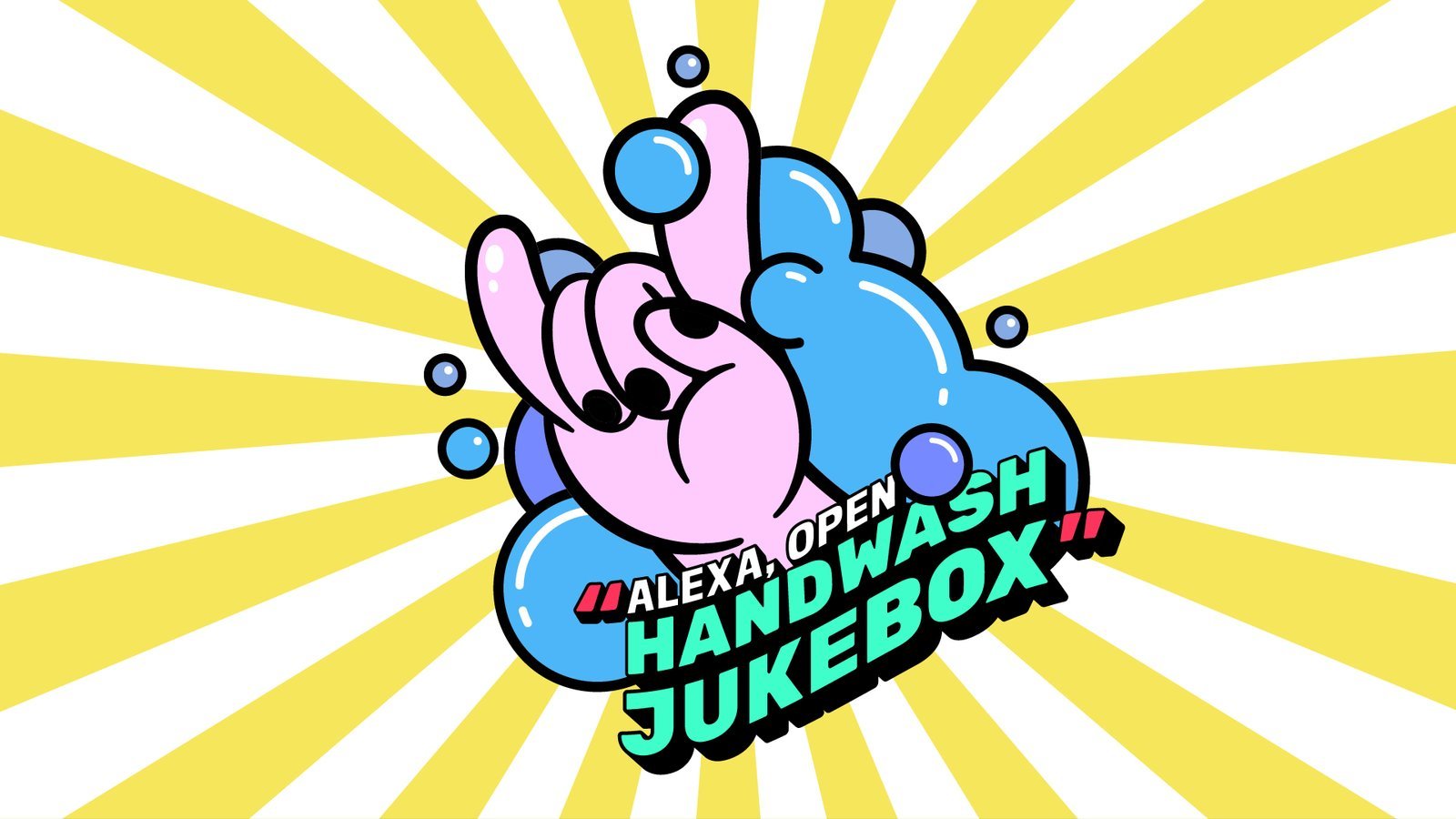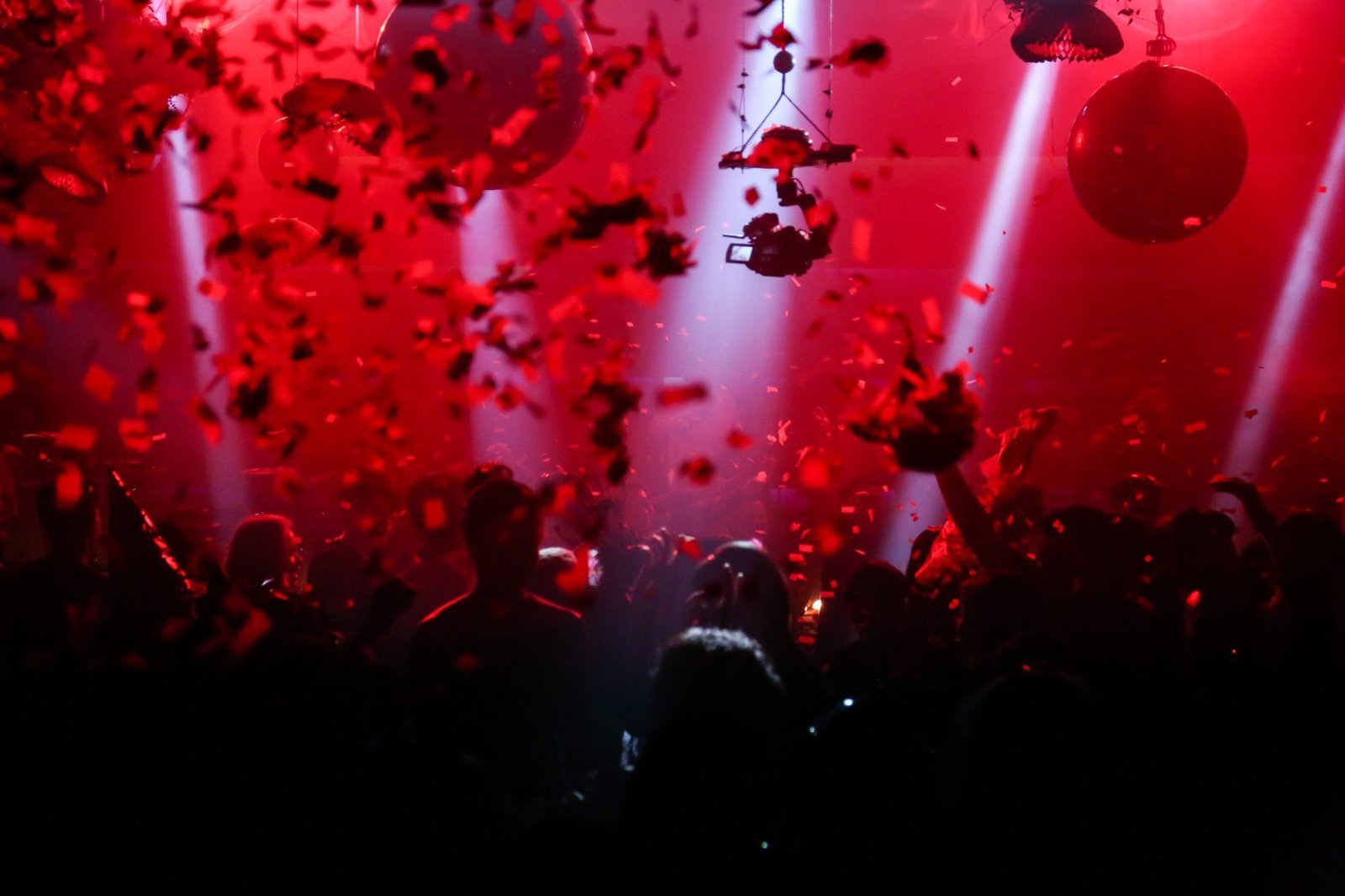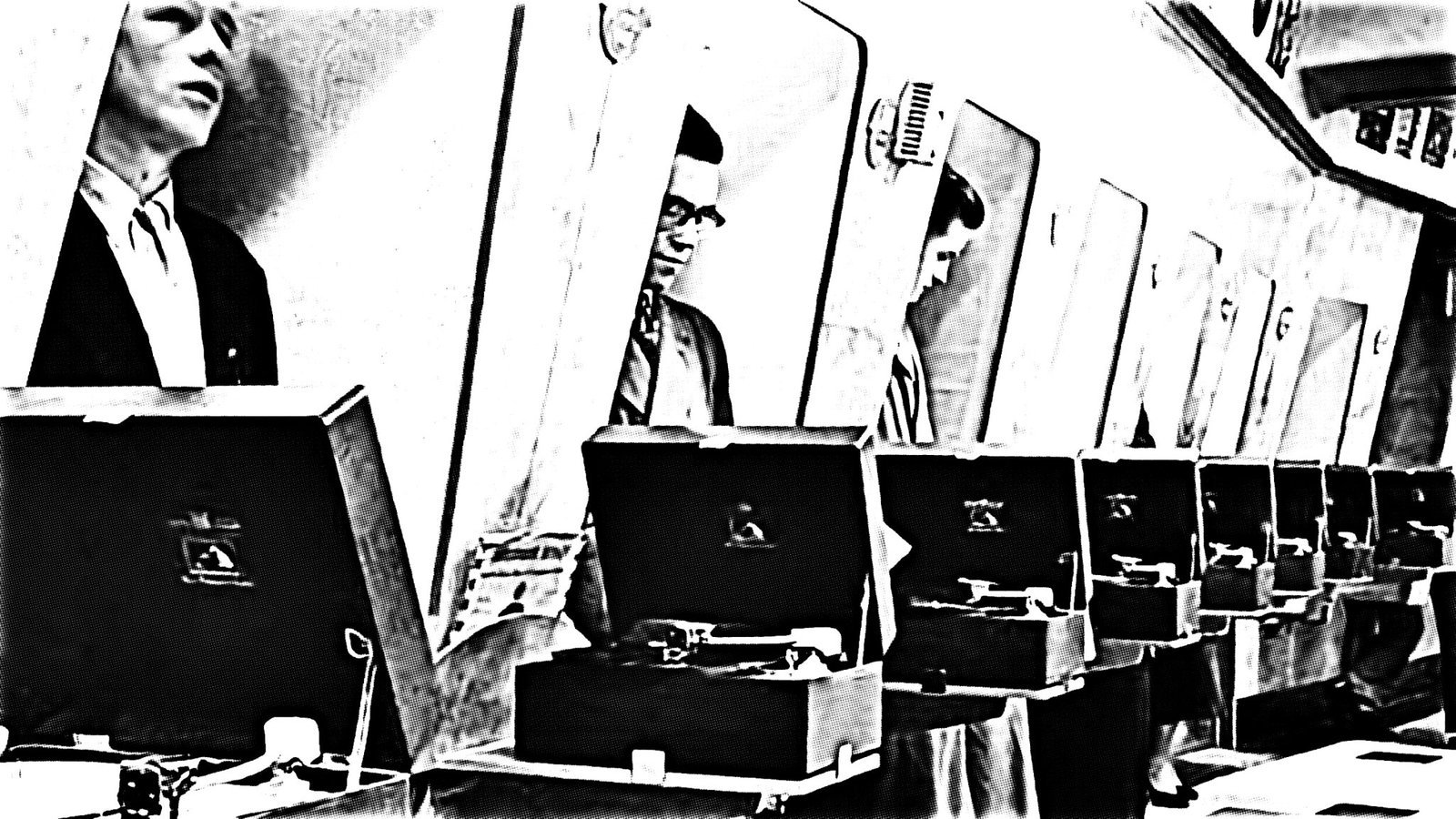
“If a world is dreamable, maybe it can be dreamed into being.” This quote is from the author David Mitchell, spoken in the fantastic PBS documentary on Ursula K. Le Guin. It’s also how I’m opening this piece where I imagine how NFTs could create a better world for music commerce. Unfortunately, it’s probably only a dreamable world or, as you’ll see, an alternate universe. This vision presumes a different history. Whether we can dream it into being is up for grabs.
OK, confession time. Like you, I’m sick of hearing about NFTs. I wrote about them twice (here and here), and my feelings are well-known. You may believe NFTs are good for artists, that they introduce a technological layer that intensifies fandom, that they signal some sort of future direction in artistic distribution. Those things may all be accurate, but, honestly, most participating in NFTs right now are seen by the general public as get-rich-quick schemers at worst and privileged (or reckless) at best. The incentive doesn’t matter. It’s this perception that has writer Tim Maughan comparing buyers to Martin Shkreli and MusicREDEF’s Matty Karas calling for musicians to ‘pause’ any participation in the NFT marketplace.
Compared to a couple of months ago, the hype and interest in NFTs are dwindling. I know this because they’re no longer the topic of every other Clubhouse room (though I guess Clubhouse has receded as well). So, with the bandwagon ebbing, I figure this is finally a good time to talk about a thought experiment I ran in my head where I imagined a dreamable world. The spark was the question, “how could NFTs change music distribution for the good of everyone?”
(Before we go any further, know that I’m a dabbler, not an expert, on this topic. Please be gentle with me. I welcome thoughtful critiques and corrections in the comments.)
For this dream to work, we need an alternate timeline with two significant differences to ours. First of all, NFTs can’t be environmentally detrimental. I’m not playing along if they are. So, in our thought experiment, that problem’s solved. And secondly, the invention of NFTs and everything around them (blockchain, etc.) predates the current streaming model. That’s because I’m offering a substitute to the fraction-of-a-penny-per-stream framework firmly established in our present.
Decentralization is the key here. Unlike DRM, which linked an MP3 to a specific device (like the iPod), in this thought experiment an audio file backed by an NFT plays on any device or software that can verify ownership. Thus the purchase of a song or an album is also the purchase of its NFT, granting access via various streaming apps. The recording artist or label sets the price and the scarcity. And the absence of scarcity is an option.
There are music marketplaces where these NFTs are purchased. These online stores can look something like Bandcamp, where the NFT buyer can download the accompanying audio or bundle it with merch. These purchases can also go through the website of the label or band — exclusively, if desired. In our dream world, there are handy WordPress plugins for this.
Here’s where we get into the cool stuff within the dream world. I mentioned scarcity. Most music releases will have unlimited NFTs pointing to the audio as the band will want as many listeners as possible. But this model also allows the possibility for limited editions. Let’s say your band wants to release a live album limited to 500 copies. You will only mint 500 NFTs, and you can price these at a collector’s price. Accompanying each with a limited vinyl version of the album, sent to the fan upon purchase, is possible, too. But the digital version has scarcity on its own.
Theoretically, band members can directly receive a piece of an NFT sale. Let’s say a band with four members makes $40 for the sale of each limited album (after any store cuts or processing fees). If the band splits everything evenly, the members will each get $10 every time an album and its NFT are sold, sent directly, and right at the time of sale. This action is embedded in the NFT’s smart contract. The band can set this split for their non-limited $5-a-pop album releases, too.
A fan (or ex-fan) can resell the limited-edition album using its NFT. This creates a digital version of the used CD bin. If the band gains popularity, then the price might go up, just like a rare album on Discogs. But unlike that Discogs sale, the band members can continue to get a cut of each resale as long as the NFT’s smart contract says so. (If there’s a physical album tied to the NFT, then the two could be resold separately. But the value is much higher if sold together.)
Let’s get back to decentralization and imagine what Spotify (as an example) looks like in this dream world. Labels and artists have the option to make their music listenable on Spotify but can set the number of listens until an NFT purchase is required.1This is similar to a feature currently available to artists and labels on Bandcamp. The band in our example sets the songs on its regular albums to play three times per listener account on Spotify — but the limited edition album songs would play only once or not at all. This way, playlists and discovery aren’t disrupted. Songs from the band’s regular albums will still play unimpeded when they show up in Discovery Weekly or Release Radar. But if a fan really likes a song, she’ll have to purchase the NFT to play it more than three times. Spotify could also act as a marketplace for these purchases (“Purchase this album to keep listening”).
Signing up for a streaming account links your NFT wallet to the dream world version of Spotify. The platform verifies all of your NFT purchases. You can play those as much as you want. And the limited edition album is only available for listening to the 500 fans who purchased it. In this thought experiment, the same thing happens when you get an account with Apple Music or Qobuz or any streaming platform — your wallet is recognized, and you can play all your purchases in addition to whatever is available to you on the platform. Any account data, including your playlists, also seamlessly travel with you, platform-to-platform.
That’s the idea. Decentralized streaming where labels and artists set the rules and get paid, all thanks to the often maligned NFT. It’s a hell of a dream, but even my imagination couldn’t work through a few problems with this thought experiment:
- What’s the incentive for the decentralized streaming platforms? How would Spotify make money? They could act as a marketplace and take their cut, but they’d potentially compete with the band’s website. Perhaps there would be some type of subscription model where you’d want to use this platform because it has much better features than the others. In other words, the streaming platforms would be motivated to differentiate rather than remain interchangeable. Or the streamers could fall back on intrusive advertising, which turns this dream world into a nightmare.
- Related to the incentive question, who hosts the audio files? The NFTs would point to audio files that listeners access through streaming platforms and apps. These could be hosted anywhere — it could even be the label or artist’s responsibility — but the bandwidth gets pricey if the songs are big hits. And, if the platforms aren’t hosting the songs, who secures the rights and pays publishing royalty? (Note that if the streaming companies aren’t hosting the audio or solely responsible for rights, their operating costs will decrease significantly.)
- Would this create a piracy renaissance? Nothing stops a person who purchases the band’s limited edition album from ripping it off the streaming platform and making it available to all. The convenience of streaming (and the attraction of whatever unique features each platform offers) would need to be irresistible.
On the plus side, this dream world model removes my main gripes with the NFT craze: the patronage (or get-rich-quick) aspect of NFTs and the financial inaccessibility of the technology to the ordinary fan. These NFTs can be cheap. Similar to Bandcamp’s option, there could easily be pay-what-you-want NFTs, putting the value in the purchaser’s hands. More than just the crypto-rich can participate. And the bands are only auctioning if they want to.2And I haven’t touched on the data transparency available to bands under this model — the play metrics would be incredibly detailed.
You’d think the current streaming paradigm of Spotify et al. is established — the genie left the bottle over a decade ago. But alternative experiments are happening in earnest, and interest among songwriters and musicians is high. Look at the success of Bandcamp. And there are compelling blockchain-led alternatives like Audius and BitSong. Many more prototypes and ideas are on the horizon.
It’s fun and instructive to play with alternatives to how streaming and streaming payments work today. Music streaming is a relative infant within the historical scope of the music business. There’s still time and room to innovate, to push for solutions that better serve both listeners and our music’s value. New ideas and thought experiments are necessary and I encourage you to play along. And just maybe, one of our dreamable worlds will be dreamed into being.
